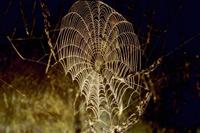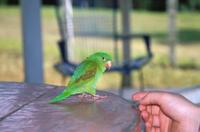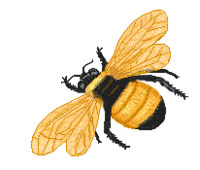
I am back! I have not left my loyal readers.
Going outside in the early morning, I see the full moon. Right above the lamp on the outside of my condo building is a spider and her web. The lamp attracts moths and she captures them. There were a number of moths in her slivery web, and she was busy eating them. In moonlight, it seemed a scene from an alien world.
From Animal Teachers: Cob Web Spiders:
Cobweb Spider webs are uncommon in several ways. One part of the web is woven more closely than the rest. Members of the Cobweb Spider Sub-family cover this part with an extra layer of silk to add to the web’s stability. This is the part They stand on to attack the unfortunate Insect.
The weaving of the Cobweb Spider Sub-Family is a form of Feng Shui. They see space, and decide where to build their webs. Under people’s furniture or in corners or high on walls, These Spiders understand the constructive use of space.





